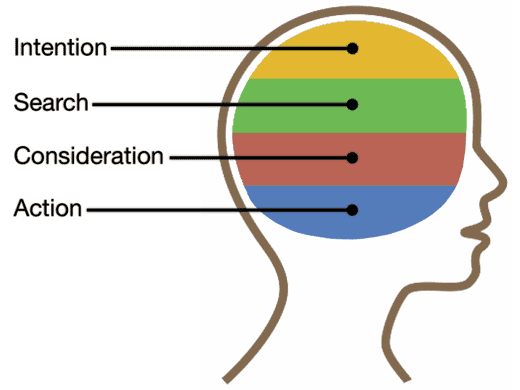The Most Economical Way to Drive More Ecommerce Traffic to Your...
By Tom Wintaugh
Read on to learn more...
 By Miva | August 28, 2013
By Miva | August 28, 2013
Want to read this blog offline?
No worries, download the PDF version now and enjoy your reading later...
Design-Centric Ecommerce: Does it really sell?
Eliza Kern, Author at GigaOM, wrote an interesting article titled, How the age of design-centric e-commerce might not lend itself to sales. It confronts the third wave of ecommerce, called “Emotional Ecommerce.” These sites that are using emotion and design to sell their products… do they really work?
Kern takes a deeper look into well-known ecommerce sites such as Fab.com and TheFancy.com to see if this new ecommerce model is just a fad or if it is actually profitable. It turns out that the design-centric sites are great for solving two problems: discovery and boredom. However, Kern found that they might not be as profitable as you might think.
Let’s take a look at the fundamentals of what makes up an emotional ecommerce site, according to Jason Goldberg, Founder and CEO at Fab.com:
Focusing on selling great products that are unique and elicit a ‘Wow!’ response. Selling products that cannot be found anywhere else – products that get people excited.
Creating an experience that is all about getting lost in the moment rather than trying to get in and out of the store as quickly as possible. Modeling the online shopping experience after the joy of being lured in by storefronts, browsing through colors, and hunting something fabulous. It is about bringing fun back into the shopping experience. Focusing on providing “retail therapy” and a place where shopping elicits the emotion of joy.
Building an aspirational brand where trust has been built over time. A selling experience built on respect, excitement, and inspiration. People want to be associated with brands that are sharp, modern, colorful, edgy, and aspirational. Nurturing consumers during the buying process and wow-ing them at every turn. It’s not a quick sale, but a relationship built over time.
There is no doubt that this new wave of emotional ecommerce sites are engaging and even addicting. Take a look at Pinterest, for example. The site has inspired and successfully engaged millions of people with beautiful product images. Whether this type of site lends itself to making a purchase or not is the real question here.
Charlie Graham, CEO of Shop It To Me, has been selling online since 2005. Graham pointed out in an interview with Eliza Kern, that just a few years ago, the big e-commerce companies were focused on triggering purchases. Amazon used rock-bottom prices and Prime shipping, while Groupon used half-off coupons to seal the deal. Consumers were either online with intent to purchase, or they found deals that were too good to pass up. But with the explosion of design-centric or “Emotional Ecommerce” sites, businesses are pulling consumers in with a completely different approach. Sites such as Fab.com and Warby Parker create a fun and interactive experience, but do they really make the sale?
It turns out that these companies did grab the intention of investors, with $1 billion for Fab and $600 million for The Fancy. However, Bloomberg reported that Fab missed its revenue targets and is not profitable. The Fancy, on the other hand, is bringing in $3 million in revenue a month. This number still pales in comparison to Amazon, which brings in $6.48 billions.

Image Source: Two Octobers
So what is the big factor missing in Fab’s ecommerce plan? Sure, it’s fun and engaging, but their consumers don’t have the intent to buy that Amazon’s consumers clearly have. Fab knows this and they are seeking to move beyond flash sales and offer an exclusive line of products designed by Fab and some European custom furniture stores. They plan to keep their design-centric site.
If Fab.com can lure in some consumers with the intent to buy their exclusive products, while keeping their experience engaging and fun, then the pivot might work out. Only time will tell, but it sounds like they are on the right path. It turns out that “Emotional Ecommerce” only works when buyer intent is included in the equation.
As Golberg says, “It is impossible to grow a company as fast as we’ve grown Fab without having mistakes along the way. Hopefully we’re able to adjust and make changes effectively. We aim to be a learning organization.” The money-losing company is projecting sales of $200 million to $300 million this year, according to Bloomberg.

Author's Bio
Miva
Miva offers a flexible and adaptable ecommerce platform that evolves with businesses and allows them to drive sales, maximize average order value, cut overhead costs, and increase revenue. Miva has been helping businesses realize their ecommerce potential for over 20 years and empowering retail, wholesale, and direct-to-consumer sellers across all industries to transform their business through ecommerce.
Copyright © 1997 – 2024 Miva®, Miva Merchant®, MivaPay®, MivaCon®, Camp Miva®, Miva Connect®, Miva, Inc. All Rights Reserved.